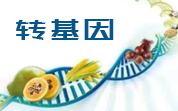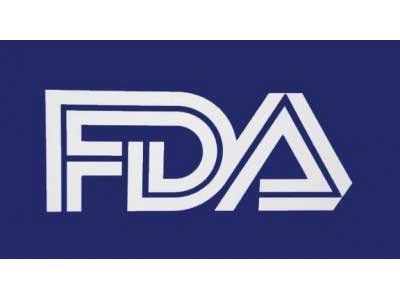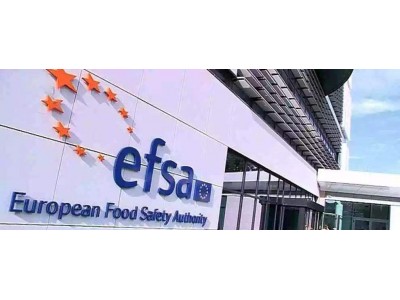銆€銆€鏍规嵁娆х洘鏉′緥锛圗C锛塏o 396/2005绗?绔犵殑瑙勫畾锛孊ASF SE鎻愪氦浜嗚淇鐢宠銆傜粡杩囪瘎浼帮紝娆х洘椋熷搧瀹夊叏灞€寰楀嚭缁撹锛屾牴鎹墍鎶ラ亾鐨勫啘涓氬疄璺碉紝鐭湡鍜岄暱鏈熸憚鍏ュ洜浣跨敤缂╄妭鑳鸿€屼骇鐢熺殑娈嬬暀鐗╀笉澶彲鑳藉娑堣垂鑰呭仴搴锋瀯鎴愰闄┿€傞儴鍒嗗師鏂囨姤閬撳涓嬶細
銆€銆€In accordance with Article 6 of Regulation (EC) No 396/2005, the applicant BASF SE submitted a request to the competent natio
nal authority in Finland to modify the temporary maximum residue level (MRL) to a permanent MRL for the active substance mepiquat in cultivated fungi (with a specific MRL for oyster mushrooms). The data submitted in support of the request (mo
nitoring data from food business operators) are not sufficient to derive permanent MRL proposals. The assessment of these data, complemented by an analysis of the most recent mo
nitoring data available from EU mo
nitoring programmes, supports the co
nclusion that the existing t-MRL for cultivated fungi is still sufficient to account for the residue uptake in cultivated mushrooms other than oyster mushrooms. It was also noted that lower t-MRLs could be derived ba
sed on the assessment of the most recent mo
nitoring data. A risk management decision is still needed on whether to maintain the existing t-MRL value. Regarding oyster mushrooms, EFSA derived different options for risk managers to eventually updat
e the values of the temporary MRLs ba
sed on the most recent mo
nitoring data from food business operators. Adequate analytical methods for enforcement are available to co
ntrol the residues of mepiquat (expressed as mepiquat chloride) in the commodities under co
nsideration at the validated limit of quantification (LOQ) of 0.01 mg/kg. ba
sed on the risk assessment results, EFSA co
ncluded that the short-term and long-term intake of residues resulting from the cross-co
ntamination of untreated cultivated fungi (including oyster mushrooms) from cereal straw lawfully treated with mepiquat according to the current agricultural practices is unlikely to present a risk to co
nsumer health.
銆€銆€
鏈枃鐢遍鍝佷紮浼寸綉椋熷搧璧勮涓績缂栬緫锛屼緵缃戝弸鍙傝€冿紝鏈変换浣曠枒闂紝璇疯仈绯籲ews@www.sqrdapp.com銆侟/span>











 鍦板尯锛欬/font>
鍦板尯锛欬/font>

 娆х洘璇勪及瀹惰煁锜€绮変綔涓裹/a>
娆х洘璇勪及瀹惰煁锜€绮変綔涓裹/a> 娆х洘璇勪及杞熀鍥犵帀绫矼O
娆х洘璇勪及杞熀鍥犵帀绫矼O
 娆х洘璇勪及涓€绉嶉害鑺界硸娣€
娆х洘璇勪及涓€绉嶉害鑺界硸娣€ 椴佸叕缃戝畨澶 37060202000128鍙饵/a>
椴佸叕缃戝畨澶 37060202000128鍙饵/a>



